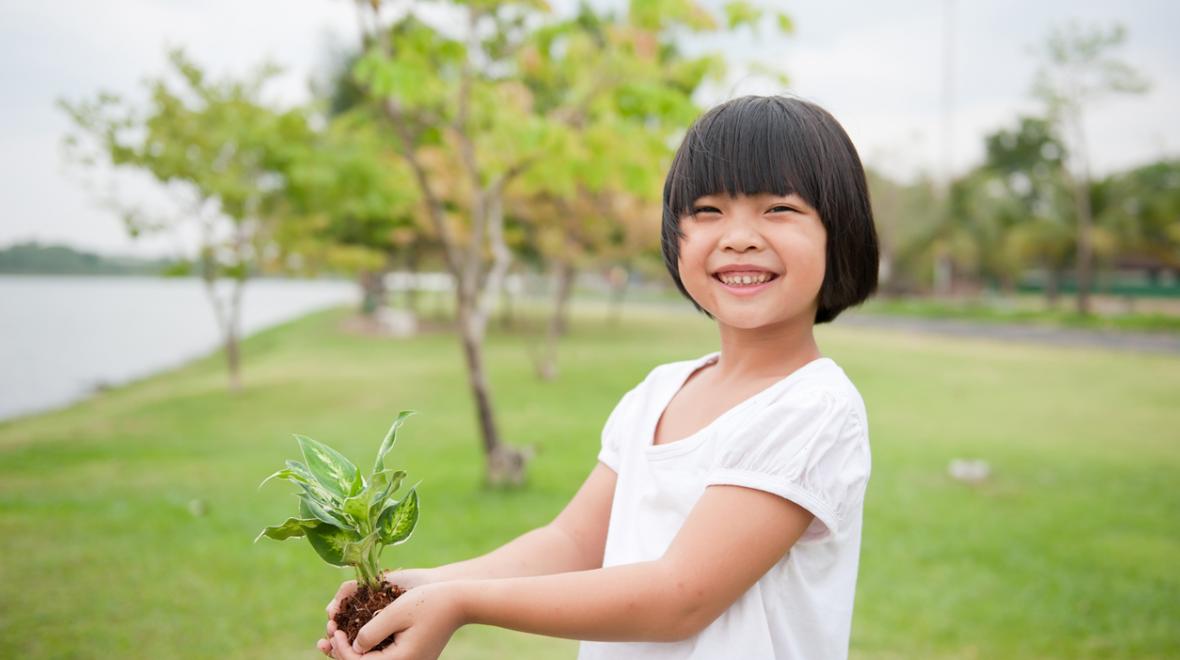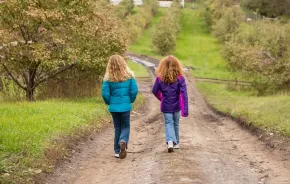
I understand why teachers assign heritage projects. Baby pictures are a fun way to get to know new classmates; learning about the diversity in their own classroom gives kids a personal connection to social studies lessons; family history exercises are developmentally appropriate for identity formation.
But I dread those assignments.
My daughter, adopted from China at the age of 3, does not have baby pictures. She agonized over her cooking class’ heritage dish assignment, convinced that it required Chinese food, something we usually eat as takeout. Simple family history assignments are not so simple when a child’s race is different from their parents’ or is even unknown.
It helps if parents have talked about heritage with their kids before they come home with these assignments. “In our fear in avoiding awkward conversations, we miss opportunities to learn,” says Angela Tucker, director of post-adoption services at Amara, a not-for-profit organization that serves children and families involved in the foster care system. “A child cannot develop a healthy sense of racial identity in homogeneity,” says Tucker.
Courtney Angeles, director of adoption services at Children’s Home Society of Washington, agrees. “When you adopt, your home becomes multicultural. The cultural history of your child’s birth culture is added to yours.” Angeles uses the analogy of a tossed salad where the ingredients are mixed together but remain individually intact. The physical need for appropriate skin and hair products is just the beginning. “Surround yourself with people who reflect your child’s birth culture,” she says. An adoptive home will be filled with food, books, music, art and toys that reflect the cultures of both the parents and child.
Nina (Nina is not her real name; it has been changed to protect her identity) is in ninth grade attending a public school in Seattle. “We don’t really know a lot about my heritage,” says Nina, who was born in Russia and adopted by interfaith white American parents. She identifies as Jewish, like her mother. She says that when she was assigned a family tree in grade school, she used her adoptive family. “They are my parents and they are my family, so I do feel comfortable using that as my heritage,” she says. “We are open to taking real steps to look deeper into my Russian heritage and culture, but I don’t feel like I have to know that stuff right now.”
Although her ethnicity and many other details of her background are unknown, Nina says her parents have always been very open with the information they do have.
I advocate so strongly for full transparency. It gives adopted people a unique understanding when they are given as much information as possible.
— Angela Tucker
“Many adoptees are not privy to information about themselves,” says Tucker. “I advocate so strongly for full transparency. It gives adopted people a unique understanding when they are given as much information as possible. Conversations about colonization and white saviorism help them understand why [transracial] adoption happens in the first place.”
Tucker is African-American and was herself adopted transracially. She says she used her parents’ European family tree for her school assignments when she was a child but would take a different approach now. “Adoption is a lifelong journey of learning,” she says. “Now, I would encourage parents to talk to teachers about the assignment. First and foremost, parents need to have a relationship with the teacher. It’s better to talk to the teacher beforehand than to leave the narrative burden on kids.”
“Teachers should not assume that all kids come from traditional families,” says Tucker. Family history projects are problematic for many students. Up to a third of American adults can’t name their grandparents.
Refugees and children living in shelters may not have baby pictures. Step-parents and half-siblings are hard to fit on a family tree. Mixed-race children can be uncomfortable choosing one culture to represent themselves.
Perhaps tellingly, neither my daughter nor I can remember what she cooked for her class. But we do remember the family tradition scene in “Crazy Rich Asians” where the Chinese-American protagonist learns to make dumplings. That scene inspired our family to start making dumplings together. Nowadays, we eat homemade jiaozi instead of Chinese takeout.
Adoption awareness in school projects — tips for parents and teachersTeachers can still accomplish their curriculum goals while making heritage assignments more inclusive. Tailoring classroom rituals to be sensitive to the variety of family structures in the classroom can be as simple as reframing an assignment or giving children choices in how to complete it.
|











